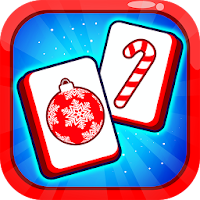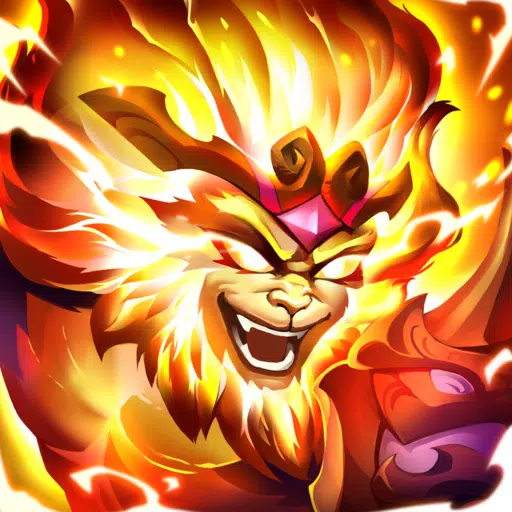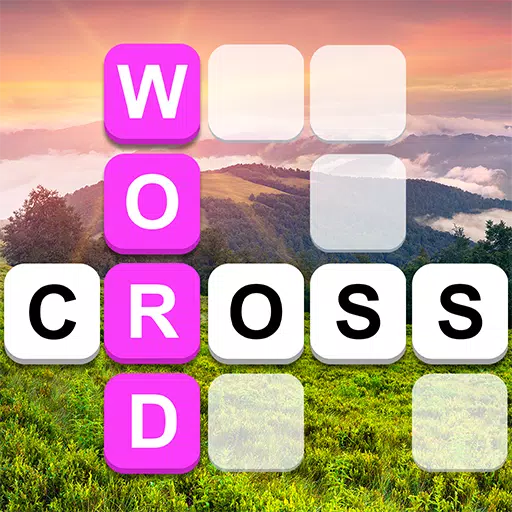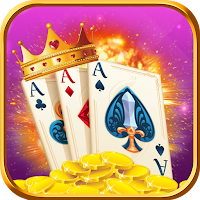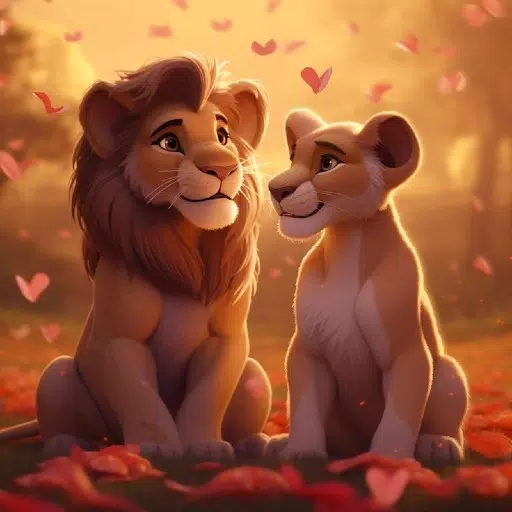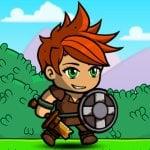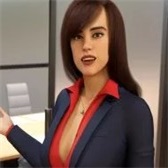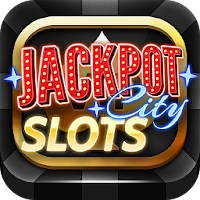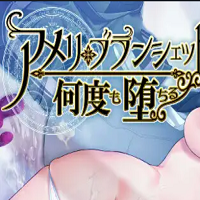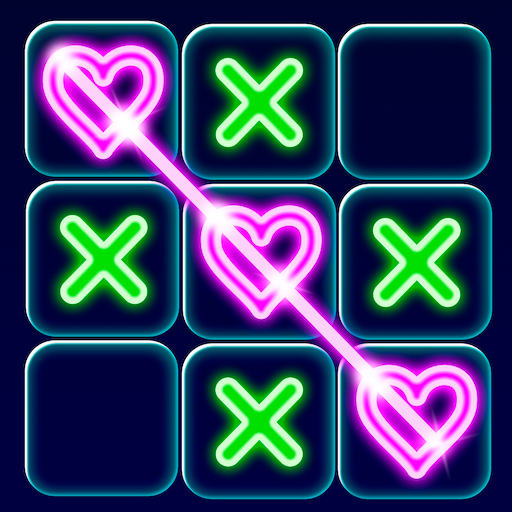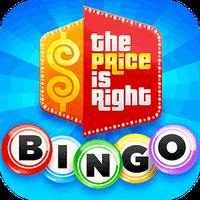Even if you're not a dedicated player of Magic: The Gathering, you've likely heard about its recent video game crossovers, including Fallout, Tomb Raider, and Assassin’s Creed. Now, we're thrilled to bring you an exclusive first look at one of the most anticipated collaborations yet: Final Fantasy. This crossover isn't just featuring one Final Fantasy game; it spans four mainline titles, from Final Fantasy VI to XIV, each represented in the preconstructed Commander decks that headline the set.
**Flip through the image gallery below** to get a sneak peek at the lead card and packaging for each deck. Continue reading for an insightful discussion with Wizards of the Coast about what you can expect from these decks, the rationale behind selecting these four games, and much more.
Final Fantasy x Magic: The Gathering - Commander Decks Reveal

 13 Images
13 Images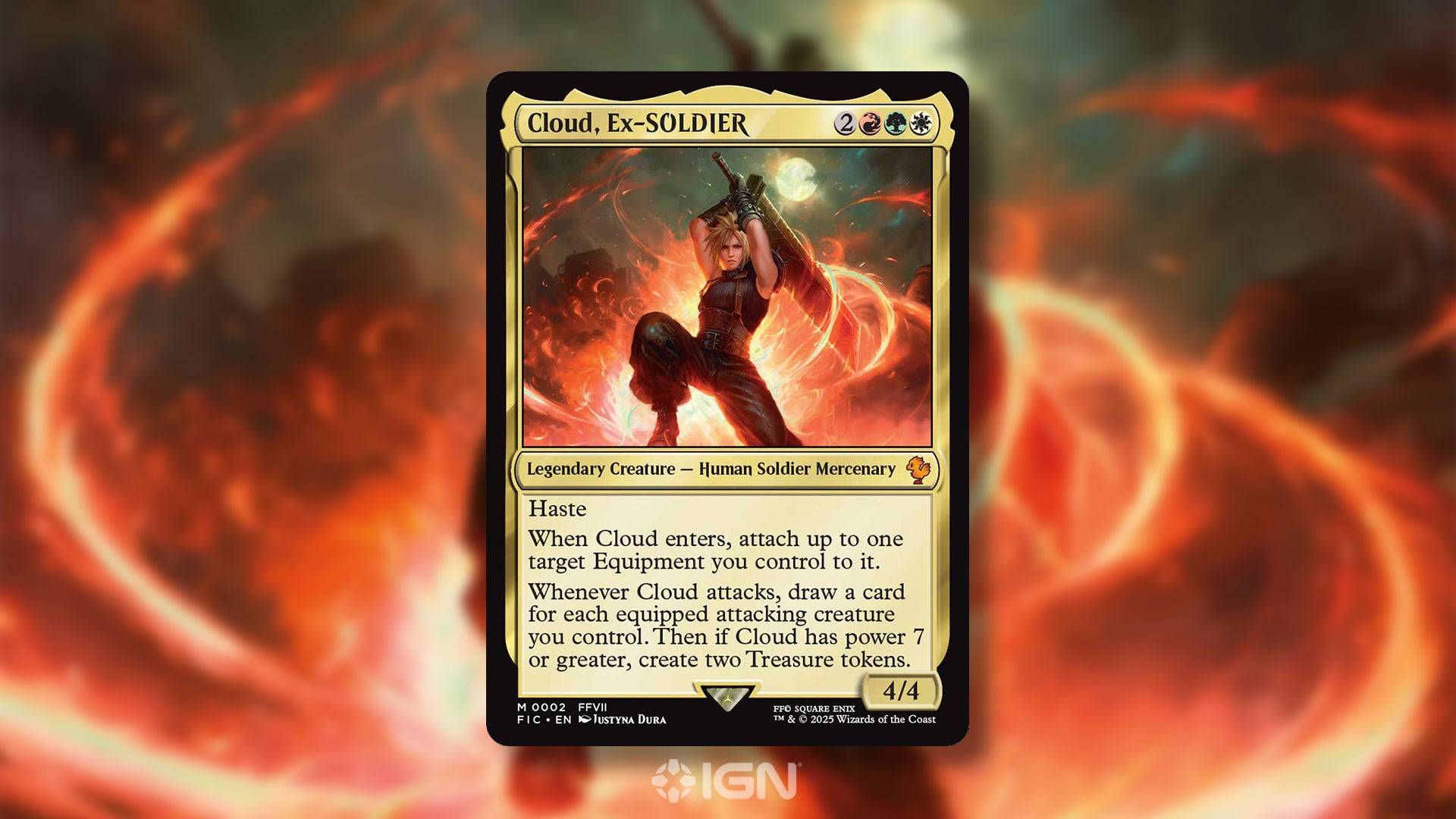



Set to launch on June 13, Magic's Final Fantasy crossover will be a fully draftable, Standard-legal set, accompanied by four preconstructed decks showcased in the gallery above. Each deck contains 100 cards, a mix of reprints with new Final Fantasy art and brand-new cards tailored for the popular Commander format. These decks are uniquely themed around a single Final Fantasy game – specifically 6, 7, 10, and 14.
"Final Fantasy games are rich with flavor, beloved characters, and unique settings, providing ample material to design a full deck around each game," says Senior Game Designer Daniel Holt, the Commander Lead for the set. "Focusing on a single game allowed us to delve deeply into its lore, capturing cherished moments from the game's storyline."
The selection of these four Final Fantasy games was based on a balance of gameplay considerations and the popularity of each game's story. Holt notes that while Final Fantasy 7 and 14 were straightforward choices, Final Fantasy 6 and 10 required more discussion but were ultimately selected due to their popularity among the team. "This project was a labor of love, with many passionate Final Fantasy fans contributing at every stage of development," Holt adds.
For Final Fantasy 7, the deck's narrative follows the 1997 classic, though it incorporates modern aesthetics from the Final Fantasy VII Remake and Rebirth. Dillon Deveney, Principal Narrative Game Designer and Narrative Lead for the set, explains, "Our goal was to capture the original PS1 game's narrative while enhancing it with the modern aesthetics of the remakes. We aimed to create a deck that feels both nostalgic and fresh for fans of both the original and the new series."
Final Fantasy 6 presented a unique challenge due to its limited modern art references. Deveney shares, "We wanted to stay true to the pixel art sprites and limited concept art while expanding upon them. The character designs should evoke the memories fans have, blending various references and new ideas." To achieve this, Wizards of the Coast collaborated directly with the Final Fantasy 6 team to update the characters to meet Magic's art standards.
Choosing the lead characters for each deck involved careful consideration. While Cloud was an obvious choice for Final Fantasy 7, other selections required brainstorming. Celes was considered for Final Fantasy 6, and Yuna for Final Fantasy 10, but the team ultimately opted for the lead characters. For Final Fantasy 14, Y'shtola was chosen due to her popularity and spellcasting abilities, particularly during her Shadowbringers arc. Although the idea of a customizable "Warrior of Light" commander was explored, Holt notes that it proved too complex, but the deck still includes numerous moments featuring the player's personal hero.
Crafting a deck that encapsulates an entire game's story, characters, and themes within Magic's five-color system was a significant challenge. Holt explains, "We had to decide on the color identity for each game and the desired gameplay. All four decks include White, which helped us include a wide range of Heroes."
The deck for Final Fantasy 6 focuses on the latter half of the game, emphasizing rebuilding your party by bringing creatures back from the graveyard. For Final Fantasy 7, Cloud's big sword aligns with the equipment strategies of a white-red deck, with green added to incorporate 'power matters' and lifestream themes. Final Fantasy 10's deck, inspired by the Sphere Grid, uses a white-blue-green strategy to empower creatures. Final Fantasy 14's white-blue-black deck leans into noncreature spell casting while including key characters.
While the Commander format focuses on the leader, RPGs are about the entire party. Holt assures fans, "Final Fantasy games are full of beloved and villainous characters, and we've included many of them in these decks. Fans can expect to see their favorite characters as new legendary creatures and in action on other spells."
Magic's Final Fantasy set will be released on June 13. Even if your favorite Final Fantasy game or character isn't featured in these decks, Holt promises that "all sixteen mainline games will have their moments in the accompanying products."
Similar to the Warhammer 40,000 Commander decks from 2022, these decks will be available in both a regular version (MSRP $69.99) and a Collector’s Edition (MSRP $149.99), the latter featuring all 100 cards in a special Surge foil treatment.
*Read on for the full, unedited interview with Wizards of the Coast’s Daniel Holt and Dillon Deveney:*
 Home
Home  Navigation
Navigation






 Latest Articles
Latest Articles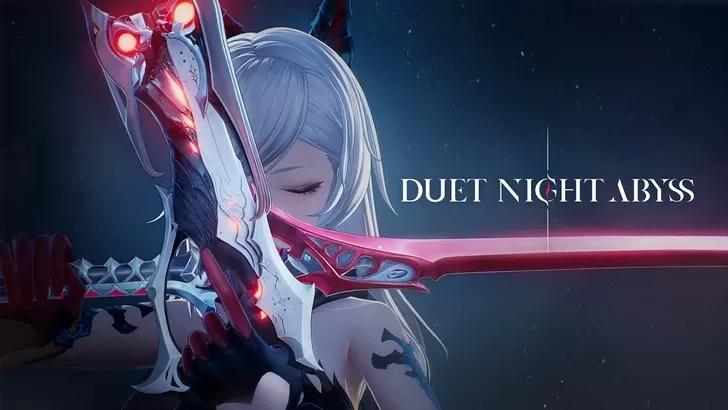
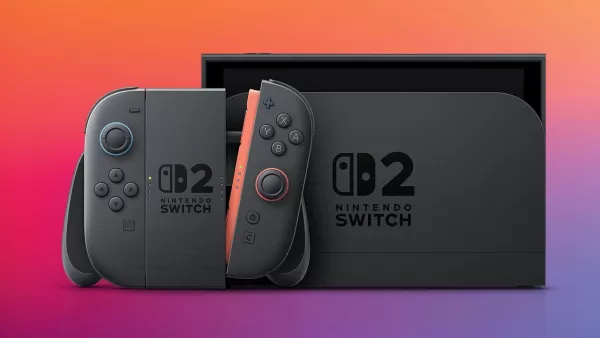
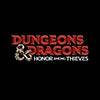
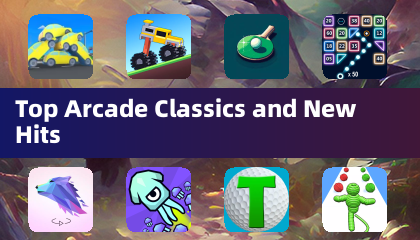

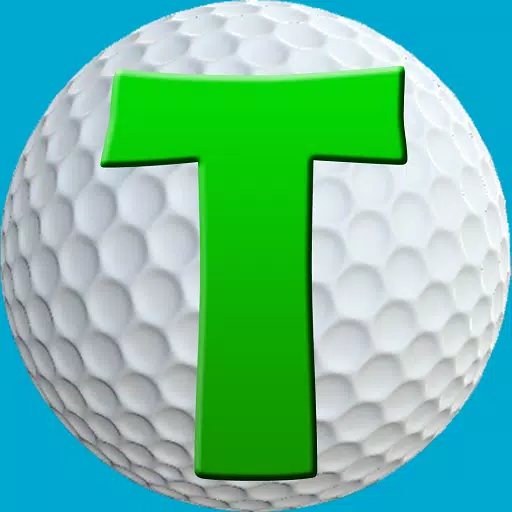

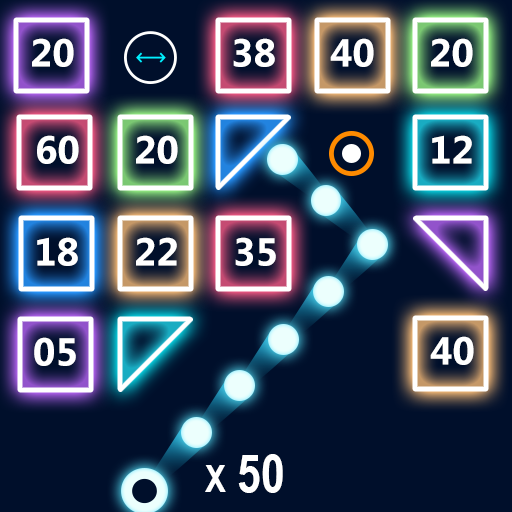
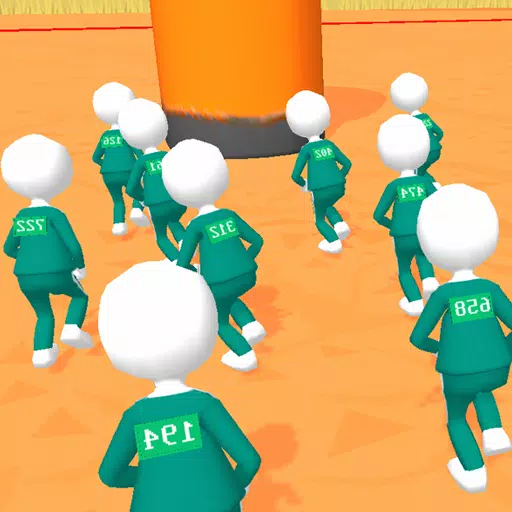


 Latest Games
Latest Games